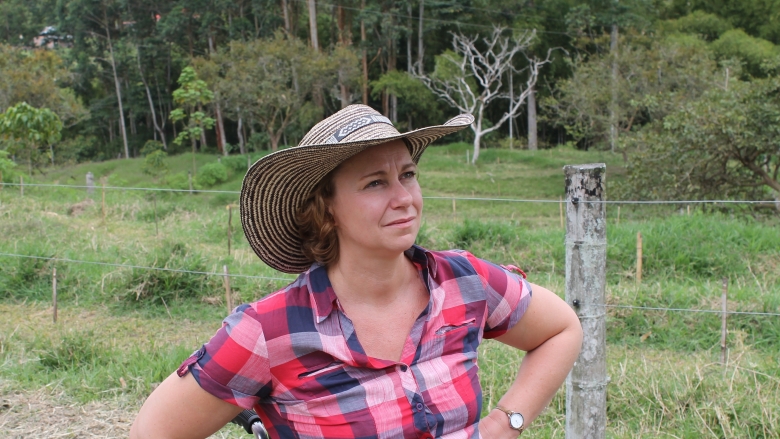What does the Forest Action Plan mean for the World Bank Group’s engagement on forests?
The Forest Action Plan (FAP) confirms and defines our engagement in the forest sector and beyond. Sustainable forestry, the FAP’s first focal area, builds on decades of experience with sustainable forest management and reinforces the importance of forests as a productive sector that can reduce poverty and create jobs.
The second focal area, forest-smart interventions, is really innovative: it’s about an integrated approach that looks at how other economic sectors such as agriculture, transport or energy and mining impact forests and how forests impact those sectors. With this understanding, we can identify and tackle the root causes of deforestation and support better development planning at the landscape level.
These areas are underpinned by cross-cutting priorities fundamental to all forest engagements – institutions and governance, participation and rights, and climate change and resilience. Strengthening institutions and governance is a critical part of almost any project in the forest sector, as is clarifying rights and access for forest communities so that they can manage their forests and derive their living from forests. Including climate change is a no-brainer as we track the mitigation and adaptation benefits of all of our investments.
How will the FAP be implemented?
The Bank Group responds to client demand, so in order to scale up our engagement on forests, we need to make a stronger case to our client countries to invest in forests. We have ambitious analytical work underway that is building evidence on how forests contribute to poverty reduction, job creation and energy access. We will also prepare forest country notes that provide data on the role of forests in alleviating poverty, creating jobs, and mitigating and adapting to climate change. This will inform strategic country diagnostics and help shape our country partnership frameworks that guide our projects.
We will work with colleagues to design forest-smart operations across sectors to minimize negative impacts on forest and make sure the many benefits from forests such as reduced soil erosion, increased climate-resilience, carbon sequestration, and water filtration are reaped for more resilient and sustainable development. The fact that water, energy, transport, agriculture and forest experts all work in the same Sustainable Development Group at the World Bank is a great asset in this regard.
The results of the FAP will also be closely monitored and tracked in terms of impact and financing.
Does the FAP help client countries meet their commitments in achieving the Paris Climate Change Agreement and the Sustainable Development Goals (SDGs)?
Forests act as a giant carbon sink, so preserving forests, growing more trees and restoring degraded forests is fundamental to tackling climate change. Forests also help build resilience in the face of extreme weather like droughts by protecting watersheds. Put in economic terms, the benefits are significant - restoring 350 million hectares of degraded forests would be worth an estimated $170 billion per year in benefits from watershed protection, improved crop yields, and forest products.
When it comes to the SDGs, forests relate in some way to almost every goal because of their role in poverty reduction and critical ecosystem services that sustain agriculture productivity, energy provision, and water regulation. Income from forests is also documented to reduce inequality, and forests area renewable resource for sustainable products.
So, yes, the FAP’s emphasis on sustainable forest management and forest-smart development provides a very good framework to support countries in investing in forests for addressing climate change and achieving sustainable development. More than 100 countries included forests and land use in their Intended Nationally Determined Contributions (INDCs) to achieving climate goals in Paris. Through both the FAP and the Climate Change Action Plan, we are committed to helping countries deliver on those commitments and we will seek all opportunities to do so. We will also continue to strengthen our longstanding engagement with countries like Mexico that are investing heavily in their forest sector.
Ultimately, success for the FAP will be increased demand from our clients for forest-based solutions to sustainable development and climate change, and our delivering those solutions.

